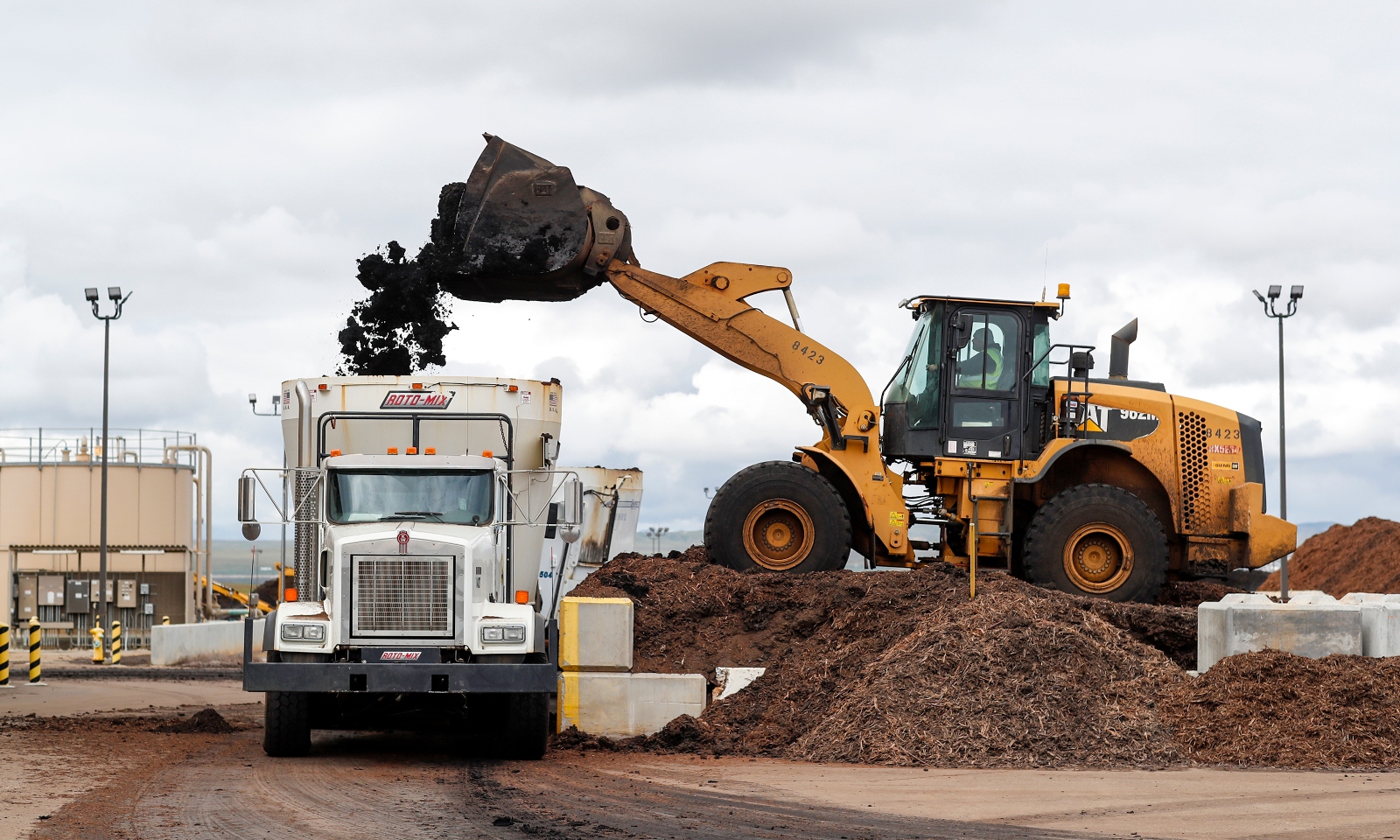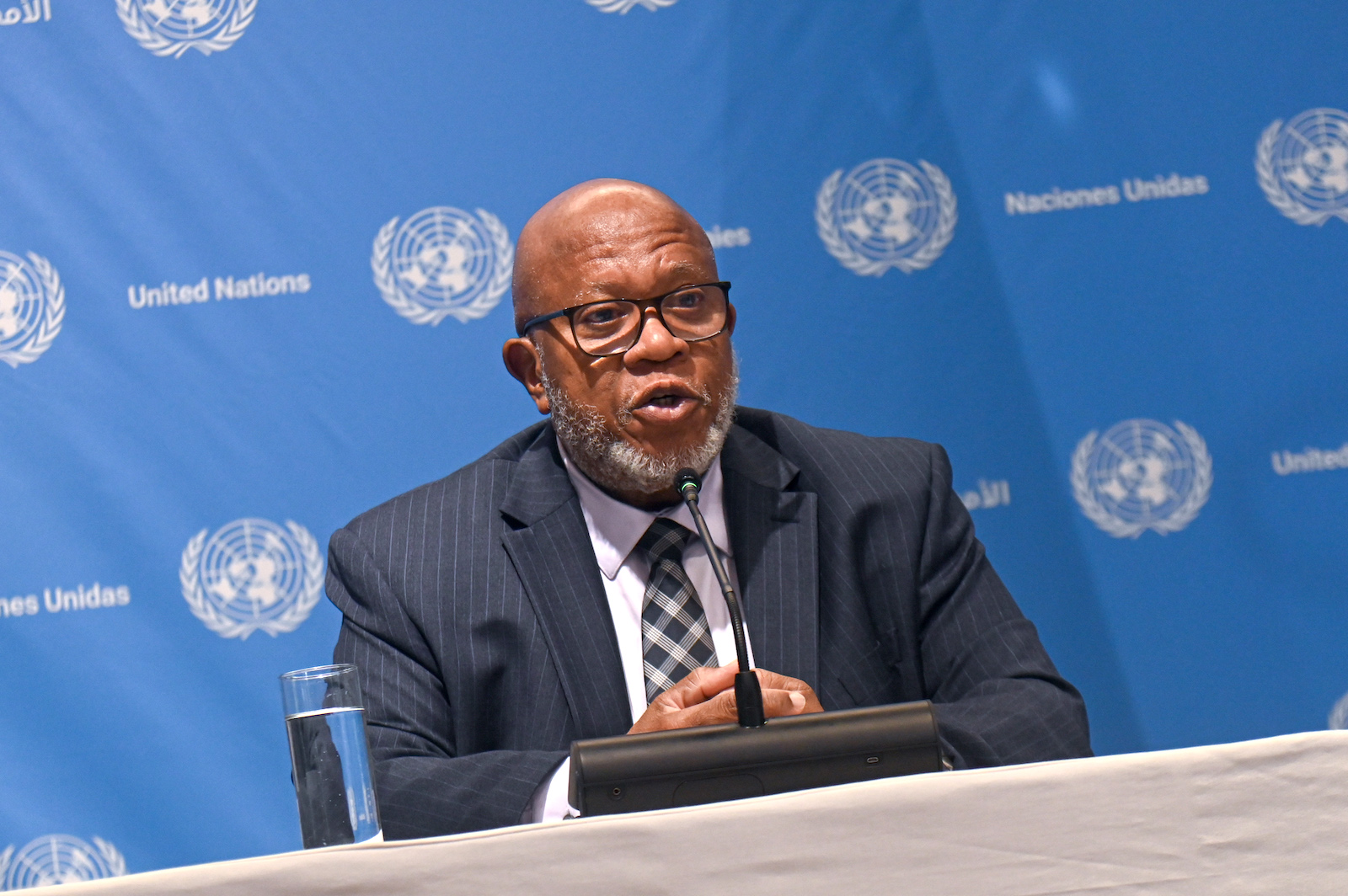If you’ve ever listened to “Riders on the Storm” by The Doors, you know that before any music from instruments begins, there is the sound of heavy rain and thunder, giving the song an ambience created by the “music” of nature. Likewise, about halfway through “Blackbird” by The Beatles, the sound of a male blackbird singing adds the inimitable chorus of the natural world to the melody.
As much as nature’s music has been sampled and added to songs over the history of modern music, its symphony of sounds have never been credited or given royalties.
Sounds Right is a new Museum for the United Nations – UN Live initiative that will allow artists who use sounds from the natural environment in their recordings to credit “NATURE” as a featured artist on streaming platforms like Spotify and give a portion of the royalties to conservation, a press release from the UN said.
“Sounds Right is a groundbreaking music movement. It unites people around the world in a shared commitment, recognizing the intrinsic value of nature. Together, we must act now to protect our planet for our common future,” said Melissa Fleming, UN under-secretary-general for global communications, in the press release.
With the goal of starting a global conversation about nature’s value, the platform will give millions of music listeners the chance to take action to help our planet.
An international mix of artists have already joined Sounds Right and released or mixed tracks that include Earth sounds to Spotify’s “Feat. NATURE” playlist, including Brian Eno, Ellie Goulding, AURORA, MØ, Anuv Jain and Bomba Estéreo.
“From Colombia to India by way of Norway, Venezuela, Kenya, Denmark, UK, U.S. and Indonesia, there is a truly global selection of artists taking part and highlighting natural sounds from a vast range of ecosystems all over the world,” the press release said. “Brian Eno brings a visceral aspect to his David Bowie collaboration ‘Get Real’ with the harsh cries of hyenas, rooks and wild pigs.”
It has been projected that the Sounds Right project will engage more than 600 million individual listeners and generate over $40 million in the first four years.
“The initiative comes at a critical time. Wildlife populations have declined by an average 69% in the past 50 years and at least 1.2 million plant and animal species are estimated to be at threat of extinction. Sounds Right looks to flip our extractive relationship with the natural world on its head while recognising nature’s contribution to the creative industries,” the press release said.
Donations and royalties for Sounds Right will be collected by Brian Eno’s nonprofit EarthPercent in the United States and United Kingdom and directed toward restoration and biodiversity conservation projects in threatened ecosystems globally. An independent Expert Advisory Panel of mostly Global South conservationists — including Indigenous representatives, environmental activists, biologists and conservation funding experts — will guide distribution of the funds.
“Popular culture, like music, has the power to engage millions and millions of people, ignite positive global change at scale, and get us all on a more sustainable path. In a world where empathy is declining and many people often feel that their actions hardly matter, Sounds Right and UN Live meet people where they already are — on their screens and in their earbuds — with stories and formats they can relate to, and actions that matter to them,” Katja Iversen, Museum for the United Nations – UN Live CEO, said in the press release.
The Sounds Right project is a collaboration between the Museum for the United Nations – UN Live and partners including EarthPercent, Music Declares Emergency, Earthrise, The Listening Planet, Biophonica, Community Arts Network and Limbo Music.
Current EarthPercent targets include conservation efforts in Indian Ocean islands and Madagascar and the prevention of deep-sea mining.
“Hopefully it’ll be a river, or a torrent, or a flood of royalties — and then what we do is distribute that among groups of people who are working on projects to help us deal with the future,” Eno said, as BBC News reported.
“If you’re listening to a beautiful piece of music, you’re hearing the possibility of a good world that we could be in,” Eno added. “I feel that we’re in the middle of an enormous revolution. It shows in the very small things that people do. Their distaste for waste, for example. The feeling that irresponsible consumerism is actually not very pleasant… The people who run the fossil fuel companies, the people who pay advertising companies to tell lies about what is really happening [in the environment] are on their way out. I don’t think they have a platform in the future.”
The post Sounds Right Recognizes Nature as Musician, With Royalties Going to Environmental Causes appeared first on EcoWatch.



